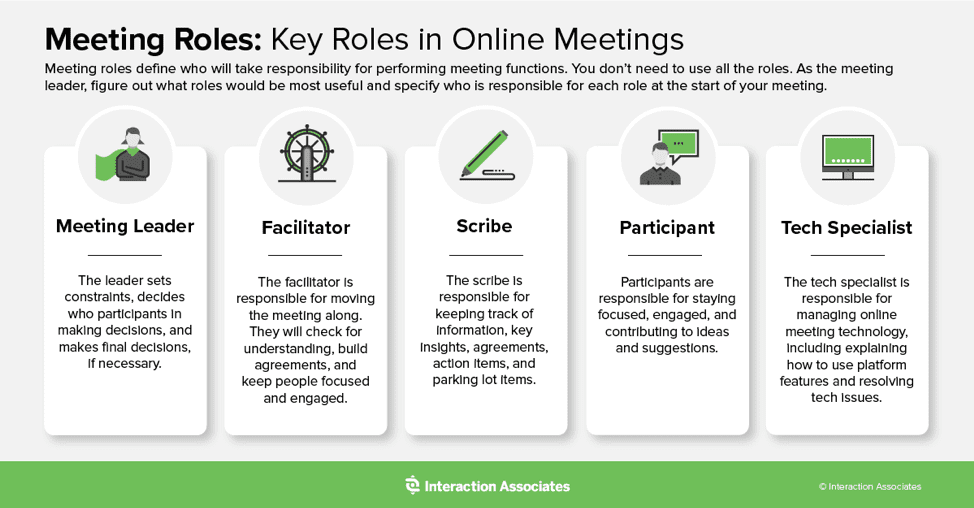Are we prepared for what the future of work holds? According to a recent McKinsey report, that answer will depend on our ability to adapt to a hybrid workforce.
The report, which analyzed more than 2,000 activities across 800 occupations, found that hybrid models of remote work will accelerate and continue after the COVID-19 pandemic ends. Remote work will primarily be held by a highly skilled, highly educated workforce in a few key industries. Within the utilities sector, an estimated 31% to 37% of employees have the effective potential to work remotely without diminishing productivity.
While the pandemic quickly unveiled the benefits of remote work, companies face ongoing challenges of workforce configuration, remote coaching, and collaborating from a distance. To be successful, these new models of work will require effective digital communication and collaboration at a distance. One element that offers space for significant improvement in productivity is how employees plan and conduct online meetings. In the 2020 State of Online Meetings Report by consulting firm Interaction Associates, nearly 46% of employees reported their online meetings are seldom or never effective. Unproductive meetings are often caused by unclear processes, poor attendance or engagement, and lack of explicit agreement building.
Today, energy sector companies have an opportunity to optimize employees’ time, maintain productivity at a distance, and develop cultures where hybrid models can work. The prize? A boost in outcomes and employee retention, especially among millennials. This is especially important in the energy sector where 25% of workers are eligible to retire within the next five years and 50% are eligible in the next 10 years. To make hybrid arrangements work, here are three levers to pull to begin to improve productivity in online meetings.
Define Clear Meeting Objectives
For many employees, scheduling and attending online meetings is often done without detailed planning and purpose. Standing meetings to “review progress” or “connect” are common as remote employees don’t have the advantage of being in the same room. While the technology to support online meetings is widely used (78% of respondents indicated their company meetings were conducted via an online meeting platform), many employees are experiencing meeting overload. Without clear guidelines and planning, meeting invitations can quickly appear on calendars and drag down productivity. To get focused, ensure that every meeting has a defined purpose. Writing “Desired Outcome Statements” is a simple but powerful way to answer the question, “What will we leave this meeting with?”.
Clarify Roles and Participation
Hybrid work models can be attractive due to reduced operational costs, higher employee productivity, and a greater selection of job candidates. However, remote work can also be frustrating if there is a lack of guidelines for how people are involved in conversations, decisions, and meetings. It’s easy for meeting attendance to quickly swell in group size. To ensure there is high engagement and participation, the meeting leader should ensure that clear meeting roles exist (Figure 1). If necessary, assign others to take on a role (such as scribe or timekeeper).

As affirmed in Incident Prevention, safety within utility operations is especially critical, and poor decisions are often formed by employee habits, which can quickly lead to errors.Similar to preventing safety incidents, clear procedures and employee habits in clarifying roles within meetings can boost communication and collaboration.
Capture and Articulate Action
In the 2020 State of Online Meetings Report, one key element stood out in translating conversation into results and achievement: having someone in the meeting capture key ideas and action items on a shared screen, and giving everyone access to the notes after the meeting.
If someone captured key ideas half the time, only 49% of respondents left the meeting with a clear understanding of decisions and action items. For those situations where key ideas were always captured, 89% of respondents left the meeting with clarity on next-step actions. If the scribe shared the key ideas with the group after the meeting, 92% of people completed action items on time. For those meetings where notes were seldom or never shared, only 35% of people completed action items.Capturing specifics and articulating desired actions moves work forward.
In summary, online meetings will continue to be a major component of how employees connect, deliberate, plan projects, and drive accountability. Implementing a skilled meeting culture where employees communicate clear meeting objectives, roles, and capture key ideas and decisions helps to propel initiatives—and companies—forward.
—Chris Williams is the director of Business Operations for Interaction Associates, serving the top companies in the energy industry. Interaction Associates is best known for introducing the concept and practice of group facilitation to the business world in the early 1970s. For more than 50 years, IA has provided thousands of leaders and teams with practical, simple, and effective programs, tools, and techniques for leading, meeting, and working better across functions, viewpoints, and geographies.










